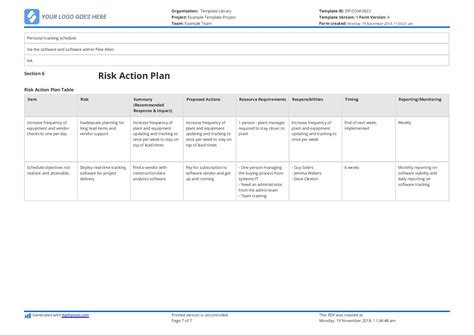Build a Risk Management Plan for Cryptographic Transactions in Pares (P2P)
In recent years, cryptographic transactions between peers (P2P) have gained popularity as a means to facilitate financial transactions without the need for intermediaries. However, with this greater adoption comes a growing risk for investors, users and other interested parties equally. As P2P cryptographic markets continue to evolve, it is essential to develop a comprehensive risk management plan to mitigate potential risks and guarantee the safety and integrity of these transactions.
What are the risks in P2P cryptographic transactions?
Several factors contribute to the risks associated with P2P cryptographic transactions:
- Lack of regulation : The absence of effective regulation in P2P markets creates an environment conducive to illegal activities, such as money laundering and terrorist financing.
- Limited Know-Your-Customer (KYC) : Do not verify the identity and solvency of users can lead to unauthorized transactions and possible safety infractions.
- Safety risks : Weak wallets, phishing scams and exchange tricks pose significant threats for user funds and data protection.
- Market volatility : P2P cryptographic markets are subject to rapid price fluctuations, which makes it difficult to assess assets accurately and administer the risk.
Key components of a risk management plan

A well -developed risk management plan must include the following key components:
- Risk Assessment : Perform an exhaustive investigation on market trends, user behavior, exchange safety measures and regulatory frameworks to identify potential risks.
- EDUCATION AND CONSCIOUSLES OF USERS : Educate users about P2P cryptographic transactions, including best practices for the use of safe wallet, identity verification and risk management.
- Exchange security measures :
* Implement robust policies against money laundering (AML) and Know-Your-Customer (KYC).
* Use secure encryption and communication protocols.
* Perform regular security audits and penetration tests.
- Wallet and storage solutions : Provide users with reliable and easy -to -use wallet solutions that offer end -to -end encryption and safe storage.
- Data protection : Implement measures to protect user data, including safe key management controls and access controls.
- Collaboration with regulatory bodies : Understand with the regulatory authorities to remain informed about changing laws and regulations that affect P2P crypto markets.
The best practices for risk management
To guarantee the effectiveness of a risk management plan:
- Review and update regularly : Review and periodically update your plan to reflect the changes in market conditions, user behavior and regulatory developments.
- Perform exhaustive risk assessments
: Perform regular risk assessments to identify possible threats and implement mitigation strategies.
- Implement multi -layer safety : Use multiple layers of security measures to protect users’ funds and data.
- Provide support and resources of users : offer users access to support resources, such as frequent questions, user guides and technical assistance.
- Internally with the community : Promote open communication channels with users, exchanges and regulatory agencies to guarantee collaboration in the best risk management practices.
Implementation of a Risk Management Plan
To implement a Comprehensive Risk Management Plan for Criptographic Transactions P2P:
- Evaluate your market : conduct an exhaustive market investigation to identify potential risks and opportunities.
- Develop a compliance framework : Establish clear compliance procedures to guarantee adherence to regulatory requirements.
- Hiring of experience : get involved with experts experienced in risk management, security and regulatory issues.
- Establish incident response plans : Develop incident response plans to address possible security violations or other incidents.
5.